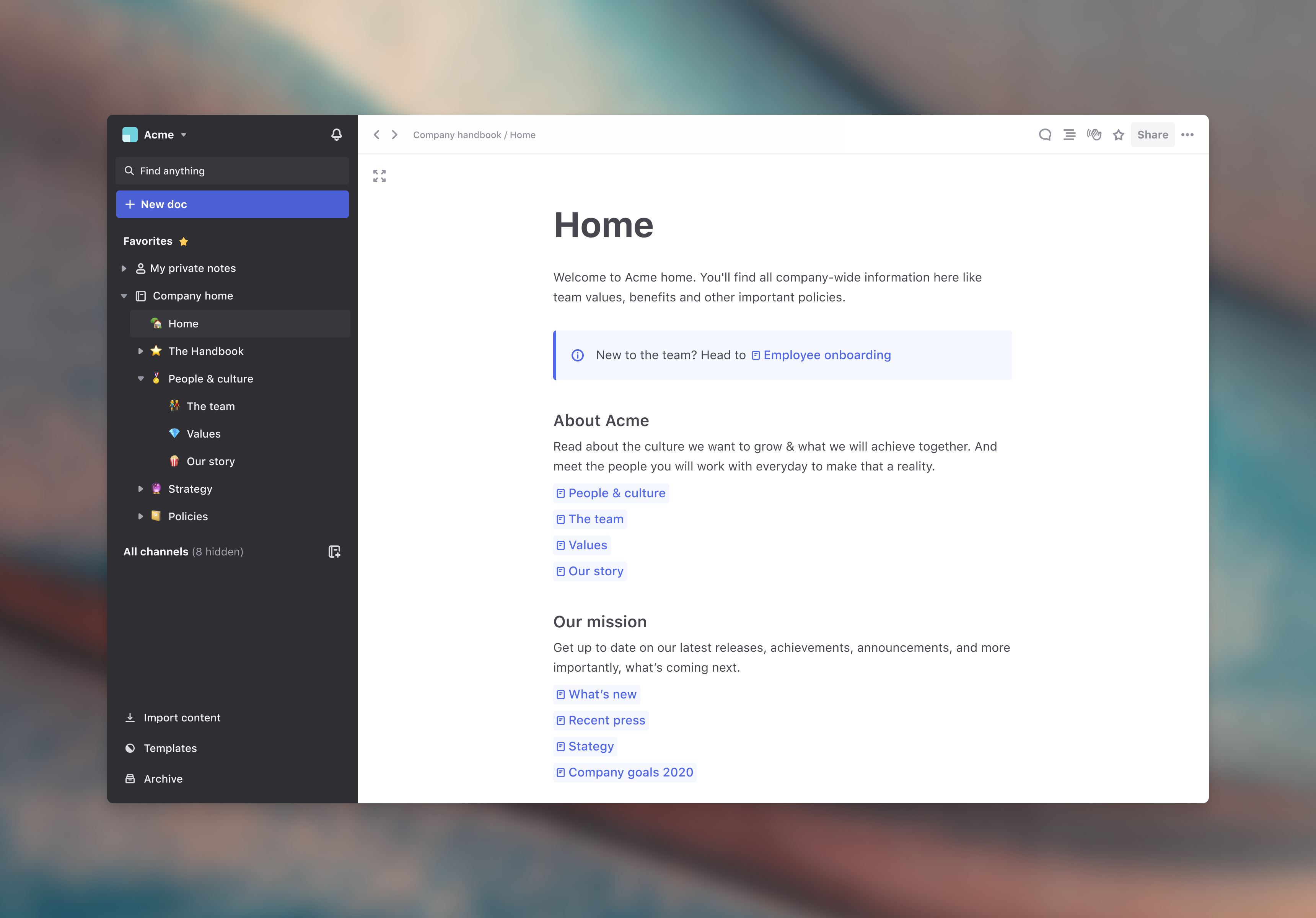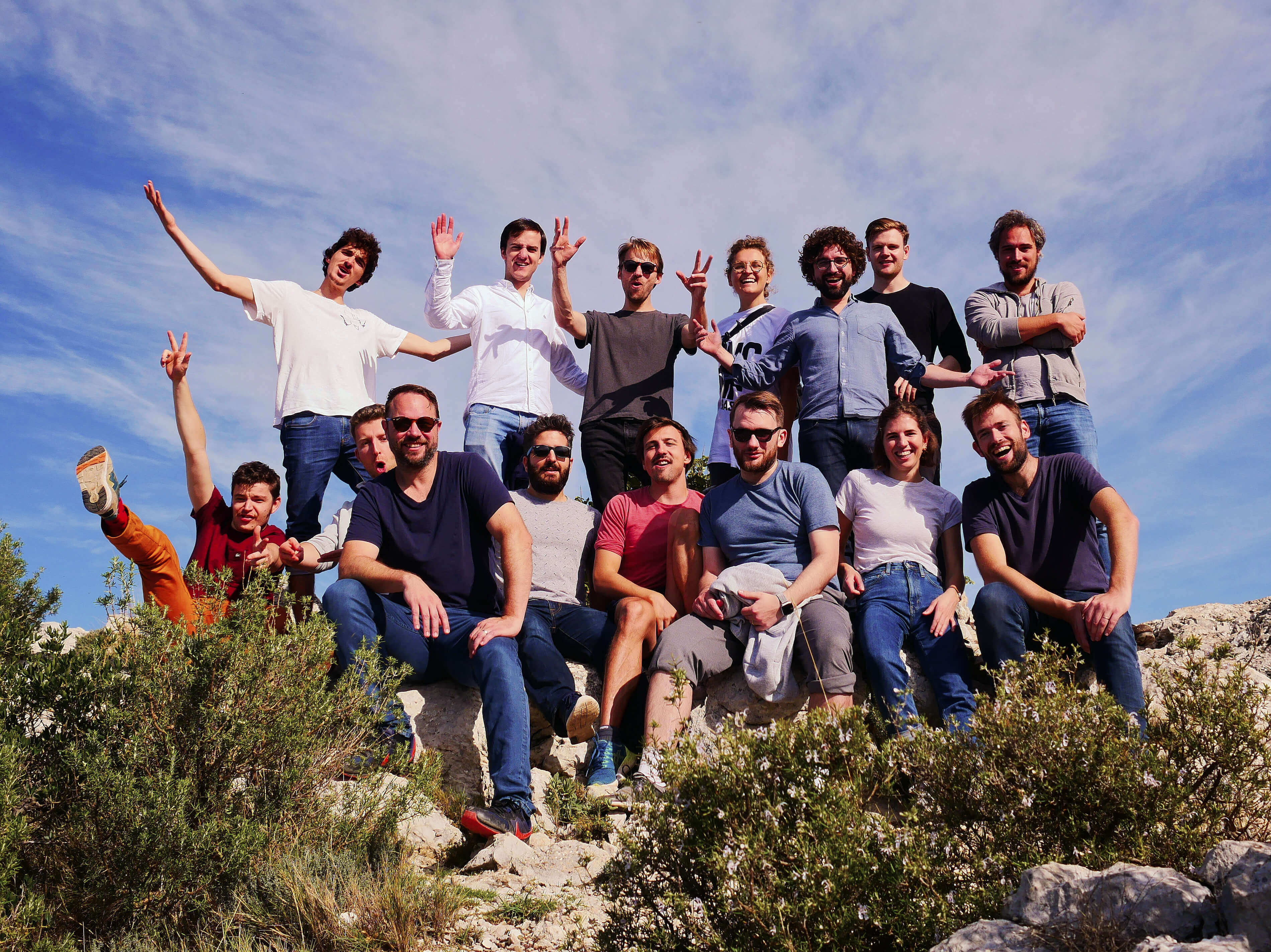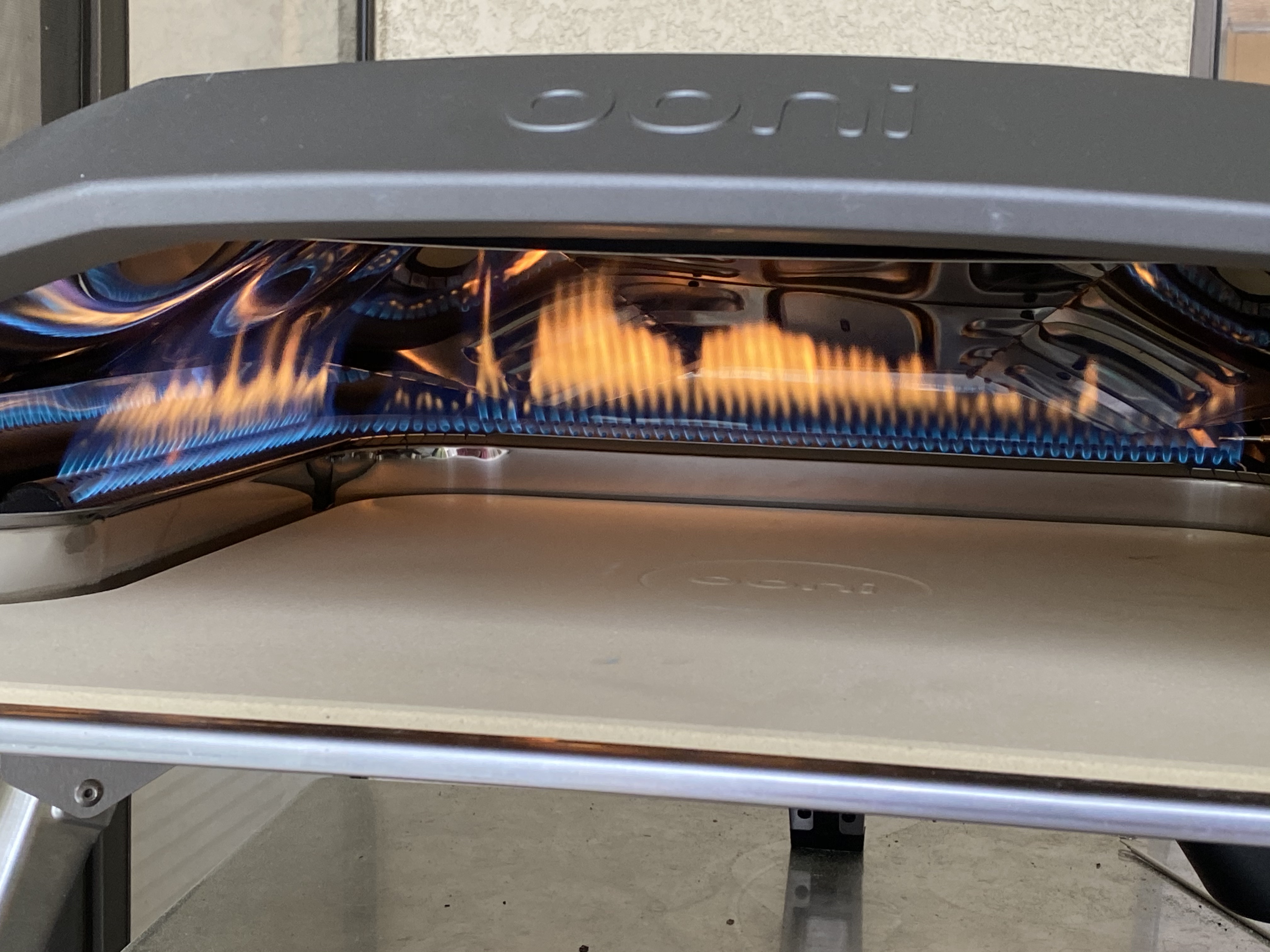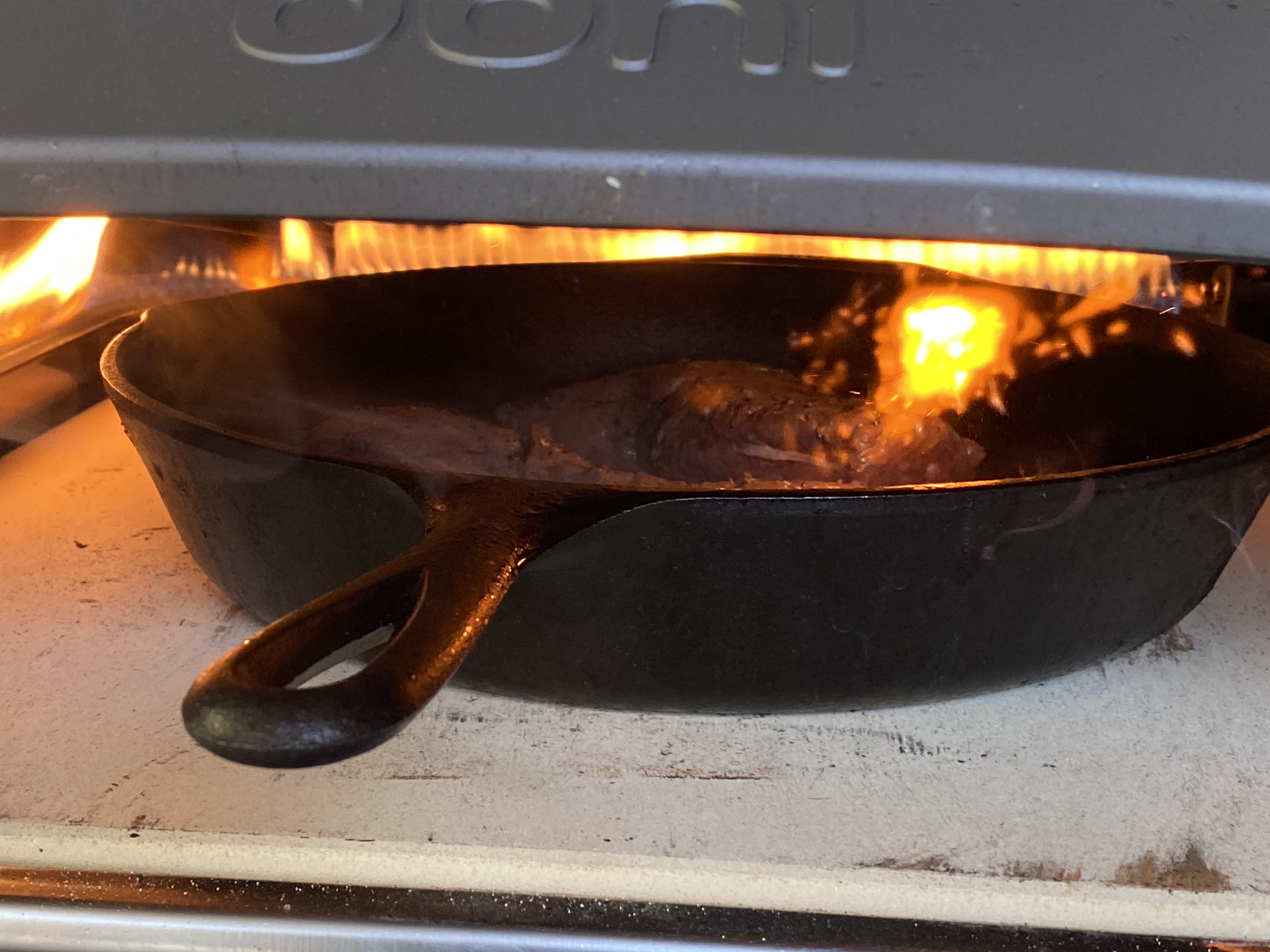Airbnb has secured commitments of $1 billion for a syndicated term loan from institutional investors, it said.
The emergency cash injection comes as the coronavirus travel freeze continues to hammer vacation rentals, with holidaymakers locked down at home and global travel banned or heavily discouraged for public health reasons.
Neither the names of the parties to the Airbnb loan nor the terms have been disclosed but Reuters — citing several sources with knowledge of the matter — is reporting that private equity firms Silver Lake, Apollo Global Management, Sixth Street Partners, Oaktree Capital Management and Owl Rock are parties, with Silver Lake reportedly “one of the biggest players”. Though all the firms declined to comment.
Per Reuters’ sources, the loan is for five years — with an interest rate of 750 basis points over the Libor benchmark. The news agency was also told it was sold at a slight discount to the loan’s par value which would see investors earn a rate of around 12%. While the terms of the deal are first lien debt, meaning the listed creditors would be paid first if Airbnb were to default, per Reuters’ sources.
We’ve reached out to Airbnb for comment.
Earlier this month the vacation rentals giant announced an additional $1BN raise in debt and equity from two of the aforementioned private equity firms, Silver Lake and Sixth Street Partners. Though at the time it said the funds would support its ongoing work to invest over the long term — couching the raise as strategic, rather than a bailout in troubled times.
The $1BN term loan looks more clearly targeted at dealing with immediate negative impacts caused by COVID-19. Although, once again, Airbnb’s statement seeks to paint an upbeat picture of travel in a post-pandemic future, without the company being able to specify exactly when such a time might arrive.
“I deeply appreciate the confidence and trust that so many have shown in our company even as every sector in travel is going through the storm of the pandemic. We know travel will return and rather than merely hunkering down, the support we have received will allow Airbnb to continue moving forward as we invest in our community,” said Airbnb co-founder and CEO, Brian Chesky, in a statement. “All of the actions we have taken over the last several weeks assure that Airbnb will emerge from the storm of the pandemic even stronger, regardless of how long the storm lasts.”
The cash injection will “ensure Airbnb can continue to invest in its company and community of hosts and guests in over 220 countries and regions around the world”, the company added.
In recent weeks Airbnb has faced anger from hosts faced with a wave of coronavirus cancelations and refunds, after it made a policy change last month to allow guests to be refunded in full for bookings over the coronavirus period. It later earmarked $250M to help hosts impacted by COVID-19 cancellations.
Some countries have also banned holiday rentals entirely during the pandemic — including the UK which recently clamped down after hosts had been found advertising ‘isolation retreats’.
There have also been reports of an increase in long term rental properties in some markets, such as London, as professional landlords operating on platforms like Airbnb look for an alternative revenue stream for empty vacation rentals that are now costing them money.
Should such switching take hold in markets where residential tenancy contracts can stretch for five or more years it could put a lasting lock-up on a chunk of properties which vacation rental platforms have been repurposing as moneyspinners up til now.
One thing is clear: The global travel crunch has put a major dent in Airbnb’s IPO hopes. Last September, the company told investors, employees, and the world it would begin to trade publicly in 2020. A couple of months late the coronavirus struck and Airbnb has seen its valuation crash vs a $35BN peak, back in 2019.
Per Reuters, last week’s $1BN bond deal included warrants for the two firms that can be exercised at an $18BN valuation — well below even the $26BN Airbnb cited as an internal valuation in early March.









